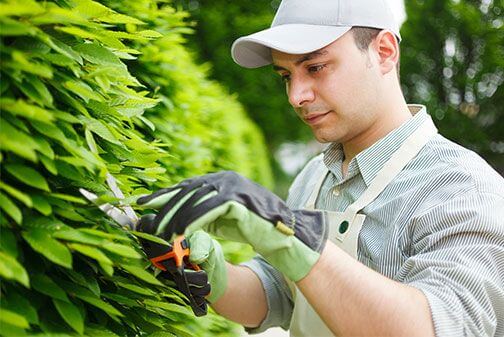What's Next for Plant-Based Plastics?
Posted on 07/09/2025
What's Next for Plant-Based Plastics?
As the world grapples with environmental challenges, plant-based plastics, or bioplastics, have emerged as a promising alternative to conventional plastics. But what's next for these eco-friendly materials? This article explores the future of plant-based plastics, their benefits and drawbacks, and offers valuable insights for transitioning to more sustainable habits.
The Rise of Plant-Based Plastics
The concept of plant-based plastics is not new; it dates back to the early 1900s. However, technological advancements and growing environmental awareness have fueled recent innovations. Unlike traditional plastics that are derived from petroleum, bioplastics are made from renewable resources such as corn, sugarcane, and even algae.

Innovations in Bioplastics
Recent innovations are pushing the boundaries of what's possible with bioplastics. The development of new materials like polylactic acid (PLA) and polyhydroxyalkanoates (PHA) is enhancing their properties, making them more versatile and functional. For instance, researchers are working on bioplastics that are not only biodegradable but also capable of decomposing in marine environments, addressing the pressing issue of ocean pollution.
Challenges in Scaling Up
Despite their promise, plant-based plastics face several challenges in scaling up. One major hurdle is cost. Currently, bioplastics are more expensive to produce than traditional plastics, primarily due to the cost of raw materials and the complexity of the manufacturing process. Additionally, infrastructure for recycling or composting bioplastics is limited, affecting their overall sustainability.
Regulatory Frameworks
Effective regulatory frameworks are essential for the widespread adoption of plant-based plastics. Governments around the world are beginning to recognize this need. For instance, the European Union has implemented policies to reduce single-use plastics, and the U.S. is exploring similar measures. Such regulations can create a level playing field, encouraging investments in sustainable alternatives.
Consumer Awareness
Consumer awareness and demand for sustainable products are crucial for the future of plant-based plastics. A growing number of consumers are making eco-friendly choices, but there is still a significant gap in understanding the benefits and limitations of bioplastics. Education campaigns and clear labeling can help bridge this gap, fostering a more informed consumer base.

Commercial Applications
The commercial applications of plant-based plastics are expanding. Initially, they were primarily used in packaging, but now they are making inroads into various industries, including automotive, textiles, and electronics. Companies like Coca-Cola and IKEA are already incorporating bioplastics into their products, signaling a broader commercial acceptance.
Pros and Cons of Plant-Based Plastics
Pros:
- Reduced Carbon Footprint: Made from renewable resources, reducing dependency on fossil fuels.
- Biodegradability: Certain bioplastics can biodegrade, minimizing environmental impact.
- Versatility: Useful in various applications, from packaging to automotive parts.
- Enhanced Consumer Appeal: Growing demand for sustainable products drives market growth.
Cons:
- Higher Costs: More expensive to produce compared to traditional plastics.
- Limited Recycling Infrastructure: Inadequate systems for composting and recycling bioplastics.
- Agricultural Impact: Large-scale production might compete with food resources.
- Biodegradation Issues: Not all bioplastics degrade easily, especially in natural environments.
Tips for Making the Switch
- Educate Yourself: Understand the different types of bioplastics and their applications.
- Support Policies: Advocate for regulations that promote sustainable materials.
- Choose Wisely: Opt for products that use certified bioplastics.
- Proper Disposal: Ensure bioplastics are composted or recycled correctly.
Key Takeaways
- Bioplastics are an exciting and sustainable alternative to traditional plastics.
- Technological advancements are making bioplastics more versatile and effective.
- Challenges remain in cost, scalability, and infrastructure.
- Consumer awareness and regulatory support are crucial for widespread adoption.
- Commercial applications are expanding, indicating a promising future.
Conclusion
The future of plant-based plastics looks promising but is not without challenges. Continued innovation, supportive regulatory frameworks, and increased consumer awareness are vital for their success. As industries and individuals commit to more sustainable practices, plant-based plastics could play a significant role in addressing our environmental issues.
Direct Answer: The next steps for plant-based plastics involve overcoming cost and scalability challenges, enhancing biodegradability, and expanding commercial applications. Regulatory support and consumer awareness will also play crucial roles in their widespread adoption.










